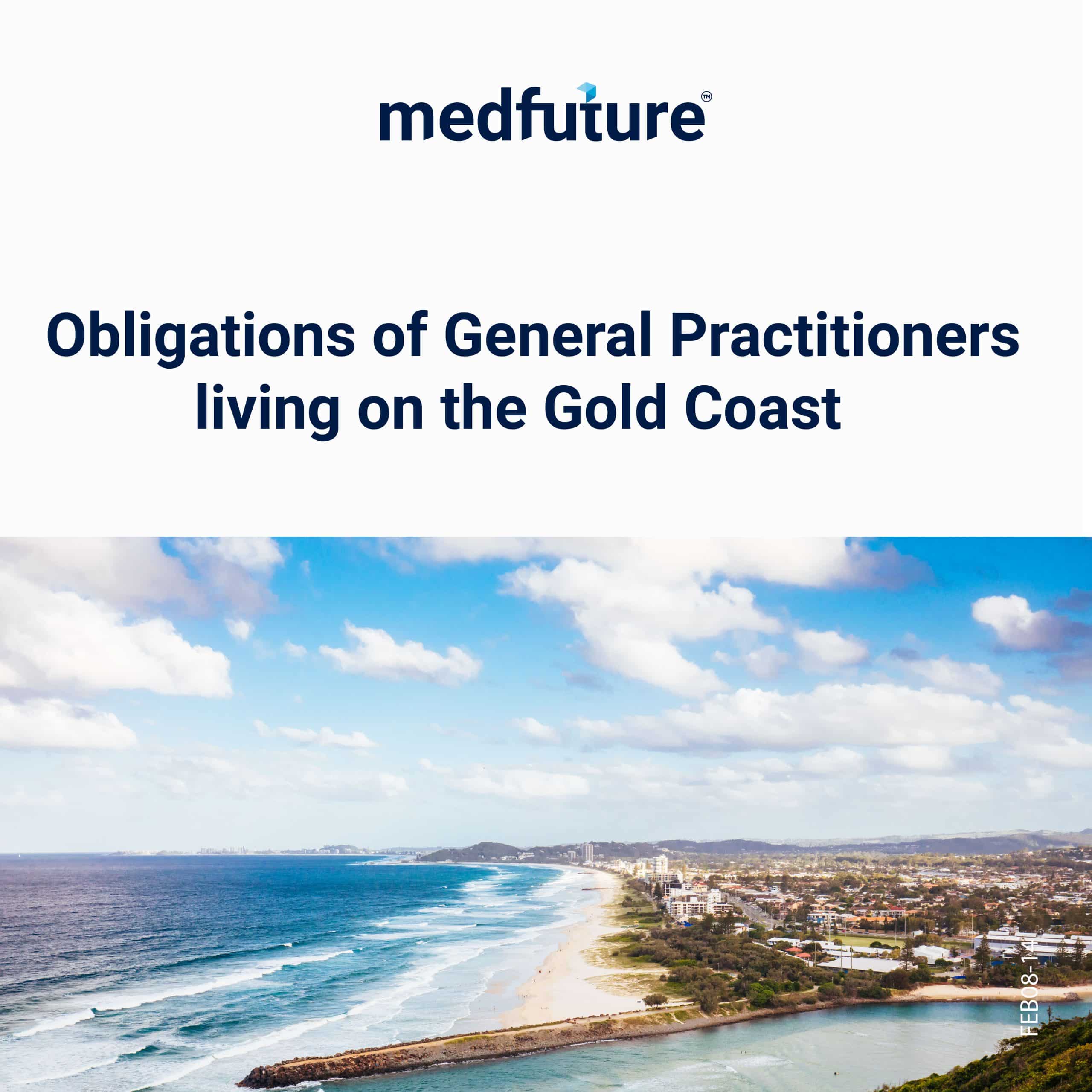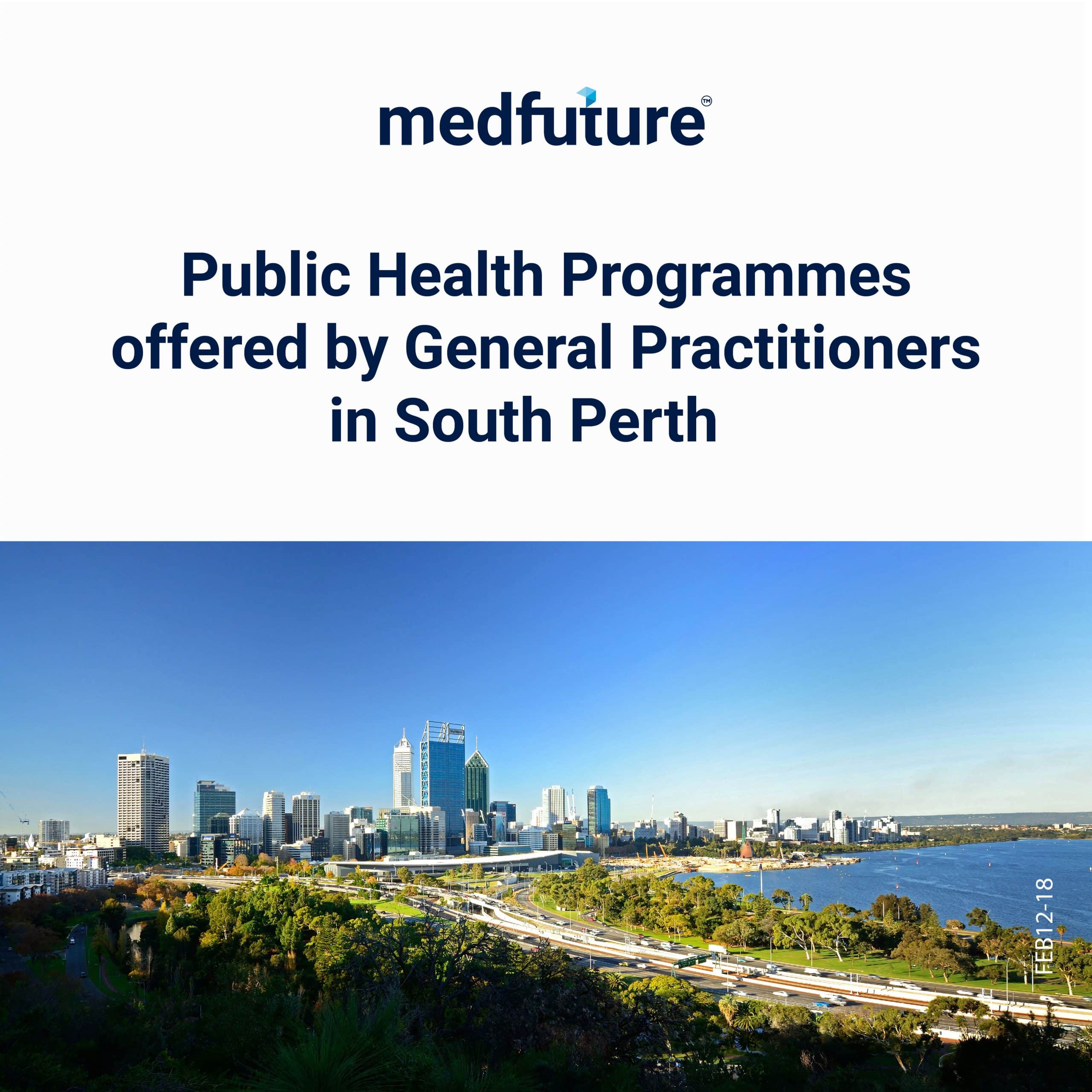Globally, there has been an increase in need in recent years for qualified healthcare workers, particularly nurses. Due to its top-notch healthcare system and excellent patient care standards, Australia has grown in popularity among foreign nurses looking for new chances. But there are a few things to take into account when moving as a nurse from the UK to Australia. This article will give you an in-detail information on the procedures, requirements, and vital information that foreign nurses must be aware of in order to have a successful career in Australia.
The current demand for nurses in Australia
By 2030, the World Health Organization (WHO) projects that there will be a 10 million shortage of healthcare personnel worldwide. The Committee for Economic Development of Australia (CEDA) estimates that by 2050, there would be more than 400,000 skilled workers in the elderly care industry, compared to over 110,000 in the following ten years.
To correctly track Australian healthcare recruitment and retention, the Australian Government releases comprehensive information on a quarterly basis. According to the most recent data from the Australian Health Practitioner Regulation Agency (AHPRA), there are 453,515 registered nurses in the country—including enrolled nurses and midwives—representing about 55% of the healthcare workforce.
An increase of 18% in nurse registrations occurred in 2019, meaning that 3,000 new people joined the healthcare field on average each month. Still, there remains a nursing shortage in Australia, especially in regional or distant locations and elderly care facilities.
The availability of nursing jobs can be easily accessed through Medfuture. Medfuture is a leading medical and healthcare recruiting agency giving a helping hand to graduates and professionals in finding their dream job. If you’re a nurse or a graduate looking to settle down in Australia, here’s your best place. Apply now through the official website and find your perfect job match.
The Role of nurses in Australia
In Australia, nurses are vital to the healthcare system because they provide critical care to patients in a variety of healthcare settings, including hospitals, community clinics, aged care facilities, and other practices.
There are many categories of nurses, such as registered nurses, midwives, enrolled nurses, and nurse practitioners, each having distinct roles and educational backgrounds. For instance, registered nurses oversee other nurses and may take on leadership responsibilities like managing a nursing unit in addition to being in charge of patient care and providing specialised nursing care.
The career pathway
In Australia, there was over 400,000 registered nurses in 2020. Among them, foreign nurses make about 30%. That amounts to about 118,000 migrant nurses who settled in Australia. More foreign nurses are expected to work and reside in Australia in the upcoming years.
In Australia, a nurse’s professional path possibilities include Registered Nurse, Enrolled Nurse, Nursing Assistant, and Nursing Practitioner. Although the educational requirements for each job vary, applying to Australia generally follows a similar procedure. What you should know about the many career paths and positions that nurses might pursue is provided here.
Registered Nurse – The Nurse and Midwives Board grants licenses to Registered Nurses (RNs). An RN also carries a greater degree of accountability and professional obligation. A registered nurse (RN) can work as a team leader, nurse administrator, or unit manager. They are responsible for administering specialized nursing care, managing medications, and assessing patients.
Enrolled Nurse – A Registered Nurse provides direct supervision over an Enrolled Nurse. Enrolled nurses are nonetheless accountable for their job duties even if they may work under an RN’s direct or indirect supervision. An enrolled nurse may help with cleanliness, provide first aid, and keep an eye on a patient’s blood sugar levels and vital signs. As long as they are overseen, an RN can assign work to an enrolled nurse as well.
Typically, enrolled nurses complete a 2-year Diploma in Enrolled Nursing program.
Assistant Nursing – In formal terms, an Assistant in Nursing (AIN) is not a nurse. On the other hand, an AIN works directly under the direction of a registered nurse. An AIN’s range of duties may include helping with personal hygiene, bathing, showering, taking sponge baths, tending to toilet requirements, moving beds, and mobility support.
Other titles for assistants in nursing include personal care assistants, caregivers for the elderly, health service assistants, and care support personnel. Technical and Further Education (TAFE) is a prerequisite for becoming an AIN.
Nurse Practitioner – Finally, a registered nurse with an expanded clinical responsibility is known as a nurse practitioner. To become a nurse practitioner, you must complete extra coursework—typically 1-2 years—and obtain a valid certificate of practice. A Nurse Practitioner’s range of responsibilities may include, but is not limited to, writing prescriptions for medications and scheduling diagnostic testing.
Furthermore, you must finish at least three years of post-registration work in a specialised field. Evidence of clinical support is required to show that the employer is prepared to support an extended clinical practice at work.
Steps that must be taken to Apply for nursing in Australia
A foreign nurse can easily apply under the General Skilled Migration Programme. This is intended for families or skilled people who are thinking about moving permanently to Australia. Nurses can apply to live and work in Australia under the General Skilled Migration program since there is a nursing shortage in the country.
The VISA types listed under the General Skilled Migration Programme are;
- 189 Visa: Skilled Employees without any sponsor
- 190 Visa: Sponsored by an Australian state or Australian Territory government on behalf of Skilled Employees
- 491 Visa: Sponsored by a relative or family member on behalf of Skilled Employees
- Employer-Sponsored: For international nurses who have an Australian employer sponsoring them. It could be a medical centre or private hospital.
- If you are a foreign nurse who is a citizen of New Zealand and would want to work in Australia, you may apply for a NZ Independent Visa.
The credentials of a nurse who is internationally qualified are evaluated by the Australian Nursing and Midwifery Accreditation Council (ANMAC). When determining whether a nurse satisfies the qualifications for a skilled migrant worker, the ANMAC evaluates the applicant’s qualifications.
NMBA Registration Assessments
You first need to finish registering with the Nursing and Midwifery Board of Australia (NMBA) in order to practice nursing in Australia. The Australian Health Practitioner Regulation Agency (APHRA) must then evaluate your credentials and skill set.
APHRA criteria should be met even by nurses applying under the General Skilled Immigration Programme. We’ll talk about the qualifications or criteria that international nurses need to fulfil in more depth below.
Proof of identity
The passport page with your biostatistics, paperwork needed to alter one’s name, such as a marriage certificate, deed poll, or decree nisi, and a recent passport-sized photos taken within the past 06 months.
English Language
You must receive a minimum score of 7 in each of the four sections of the IELTS exam (International English Language Testing System): speaking, listening, writing, and reading.
A minimum of a B in each of the four sections of the OET (Occupational English Test for Nurses)—reading, listening, writing, and speaking.
A minimum overall score of 65 in each of the four sections of the Pearson Test of English Academic—reading, listening, writing, and speaking—is required.
The Test of English as a Foreign Language, or TOEFL iBT, requires you to receive at least 94 points overall, with the following minimum scores for each section: 24 for reading, 24 for listening, 27 for writing, and 23 for speaking.
Educational Equivalence
The Nursing and Midwifery Board of Australia’s (NMBA) educational criteria should be fulfilled by a foreign nurse. A diploma, transcript of records, or graduation certificate from a foreign nursing school should be submitted by each candidate.
A breakdown of the hours spent in theoretical and clinical practice should be included in the transcript. It should be noted that the ANMAC has the authority to seek additional papers not listed above.
The following nations’ bachelor’s degree holders may be eligible to apply for Australian nursing equivalency: Canada, New Zealand, United Kingdom, USA, Hong Kong, Republic of Ireland.
Professional Practice
Regarding your professional practice, you must have completed at least 36 months of clinical work that was compensated during the previous five years.
You must submit documentation of your professional experience as well as recommendations from other professionals.
The following should be mentioned:
- Formal letterhead
- It ought to be written by the nurse who serves as the immediate supervisor
- It needs to be dated
- Must have a formal signature
The contact details for each reference person must also be included; these should include:
- The hospital’s official email address (personal emails from Yahoo or Gmail are not recognised)
- The organisation’s phone number (personal numbers are not acceptable)
- Make sure you provide your reference person the Professional Reference Template, following its guidelines. Make sure you adhere to the format and satisfy the stringent conditions set out by the ANMAC.
Fitness to practice
You must demonstrate your fitness to practice, which is the sixth requirement. What does this signify? You must demonstrate that:
- There are no disciplinary actions against you, either current or former.
- Your mental and physical abilities are unrestricted.
- You ought to be free of any criminal record.
Visa Type
APHRA registration certification is awaited if you satisfy the conditions. Getting a visa is the next step in order to live and work in Australia. The following visa categories are available for application if you can obtain sponsorship from your employer:
- Visa for Temporary Skill Shortage
- Scheme for Employer Nomination (Permanent Visa)
- Permanent Visa under the Regional Sponsored Migration Scheme
- Visa for Occupational Trainees
- Visa for Business Short Stay (subclass 456, which permits you to enrol in a bridging programme to advance your skills)
In the event that your employer is unable to sponsor you, you may apply for a General Skilled Migration Visa in accordance with Department of Immigration and Citizenship guidelines.
Important Note: You are not eligible for migration if you do not satisfy ALL five of the aforementioned requirements. Should you fall short of APHRA’s prerequisites, you could choose to apply for another kind of visa.
It is best to get in touch with the Nursing and Midwifery Board of Australia to learn about the necessary training and education to become eligible for migration, as the ANMAC is legally unable to provide you with advice on what you need to know.
Tips for Overseas nurses For overseas nurses who are seeking employment in Australia, strategic considerations can enhance job prospects. Begin by researching different states and territories to pinpoint preferred locations, factoring in cost of living and lifestyle preferences. Certain regions, such as Queensland, offer higher nursing salaries, while Western Australia presents opportunities for remote work in smaller communities, Medfuture is able to help gain access to these amazing job opportunities. Acquiring skills in high-demand areas like theatre, midwifery, critical care, emergency, and mental health increases attractiveness to employers, as these positions are often challenging to fill. Moreover, specializing in a particular field after initial experience as a general registered nurse can lead to career advancement, higher salaries, and increased job satisfaction, especially when focusing on areas of personal interest, such as neonatal intensive care or cardiology.





